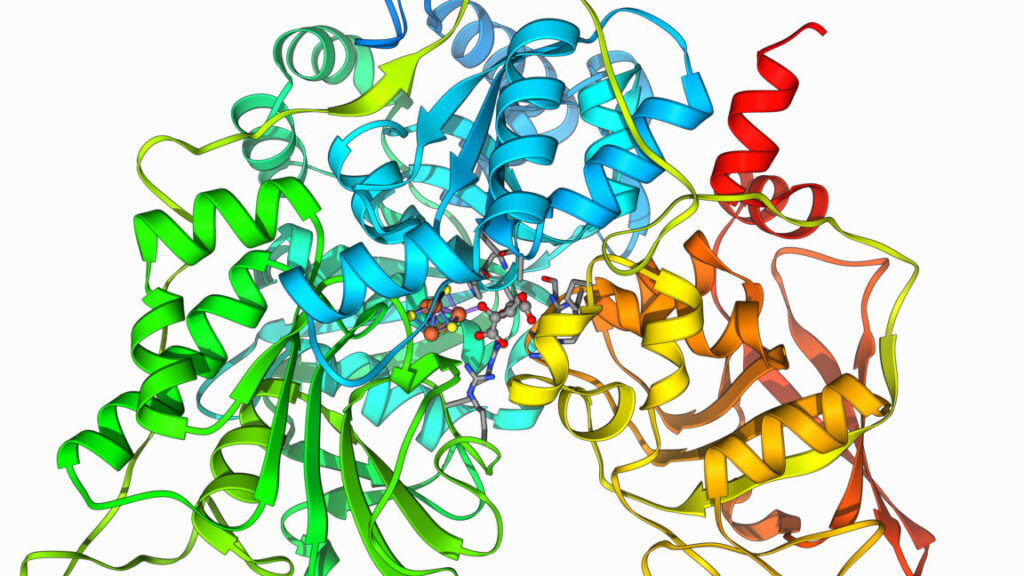AI used to design a multi-step enzyme that can digest some plastics

Enzymes are amazing catalysts. These proteins are made of nothing more than a handful of Earth-abundant elements, and they promote a vast array of reactions, convert chemical energy to physical motion, and act with remarkable specificity. In many cases, we have struggled to find non-enzymatic catalysts that can drive some of the same chemical reactions.
Unfortunately, there isn’t an enzyme for many reactions we would sorely like to catalyze—things like digesting plastics or incorporating carbon dioxide into more complex molecules. We’ve had a few successes using directed evolution to create useful variations of existing enzymes, but efforts to broaden the scope of what enzymes can do have been limited.
With the advent of AI-driven protein design, however, we can now potentially design things that are unlike anything found in nature. A new paper today describes a success in making a brand-new enzyme with the potential to digest plastics. But it also shows how even a simple enzyme may have an extremely complex mechanism—and one that’s hard to tackle, even with the latest AI tools.



